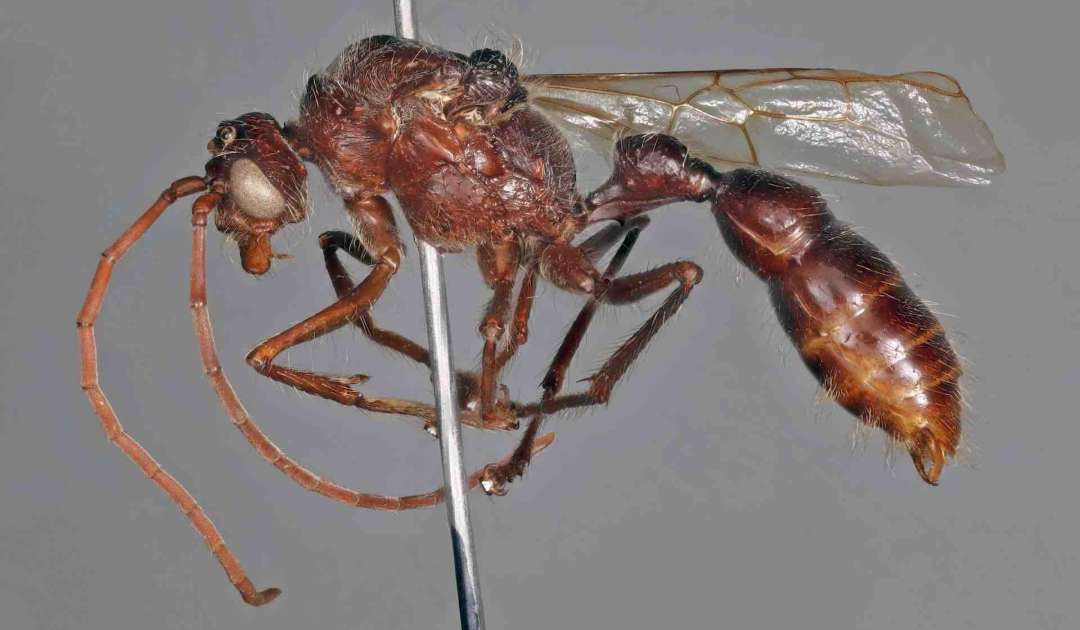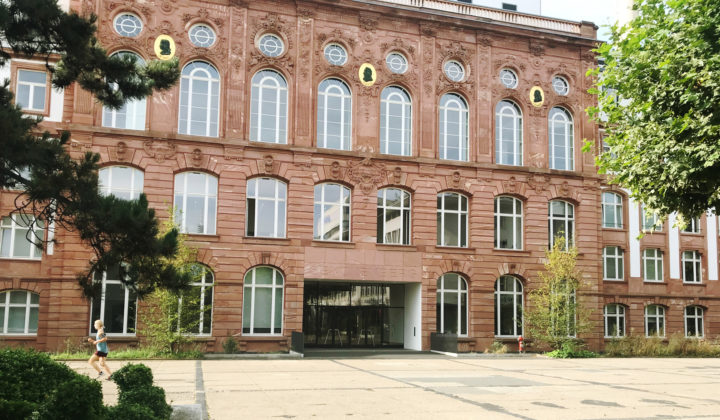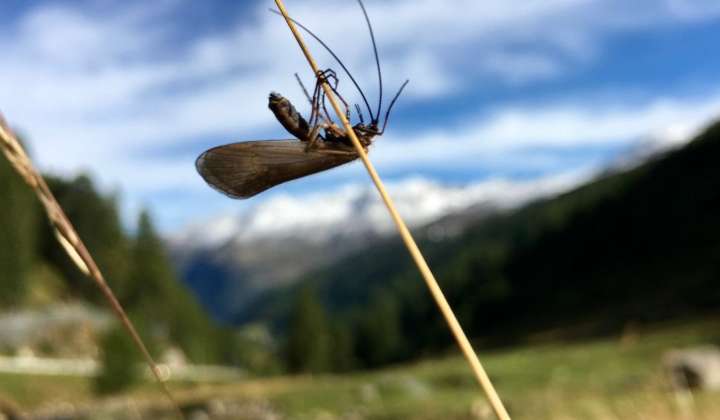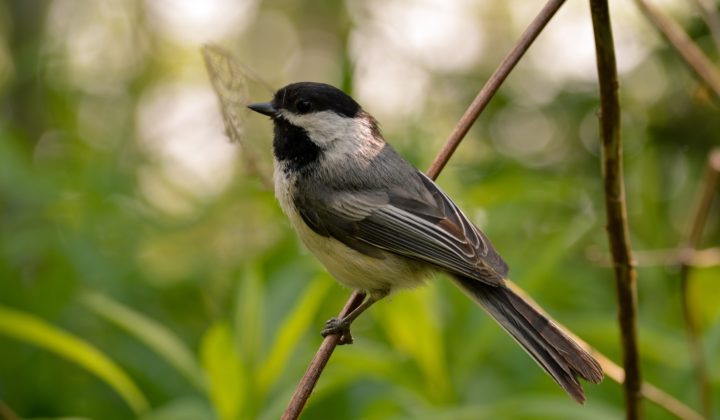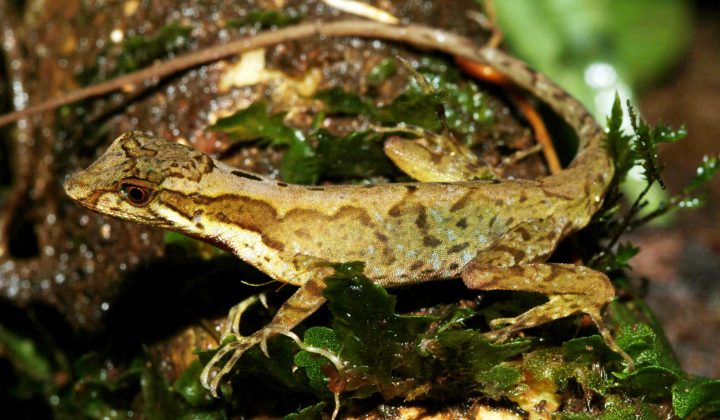Terrestrial Zoology
Entomology II
The collections of Entomology II comprise the Hymenoptera and “Insecta Varia” (apterygote orders, Polyneoptera, Psocodea, Hemiptera, Neuropterida, Siphonaptera, and Mecoptera).
Section Entomology II is currently the Hymenoptera plus various orders. Based upon the historical development of entomology in the Senckenberg, section Entomology II is also responsible for administration and management of additional collections of the following groups of insects:
- The apterygote orders (Protura, Collembola, Diplura, Archaeognatha, Zygentoma).
- Polyneoptera (Blattodea [incl. Isoptera], Dermaptera, Embioptera, Grylloblattodea, Mantodea, Mantophasmatodea, Orthoptera, Plecoptera, Phasmida, Zoraptera).
- Hemiptera (Coleorhyncha, Heteroptera, Homoptera).
- Psocodea
- Neuropterida (Raphidioptera, Megaloptera, Neuroptera).
- Mecoptera, Siphonaptera.
As support for most of the insect orders studied there is a section library stocked with relevant separates and monographies, as well as books and a few series of scientific journals.
History
The “section for entomology” at Senckenberg was founded in 1822 by citizens of the city of Frankfurt am Main who were interested in this special topic. The first chairman was Carl von Heyden (1793–1866). For nearly a century the “sectionaries” (the heads of the section for entomology) were voluntary and thus unpaid workers, until in 1919 the first employed (part-time) custody was created. The initial compensated entomologist was the well-known lepidopterist Adalbert Seitz (1869–1938). After his death in 1938, Elli Franz (1896–1983), a female entomologist and specialist for beetles, was the first full-time paid entomologist and head of section. After her retirement, the formerly unified section was split in 1967 and 1969 into four entomological sections.
Dieter Stefan Peters was the first full-time employee for the Hymenoptera collection. From 1980 to 2013, this section was managed by Dr. Jens-Peter Kopelke. From 2017 – 2024, Prof. Dr. Steffen Pauls headed the section on an interim basis, before Dr. Brendon Boudinot took over as head of the Entomology II section in 2024.
